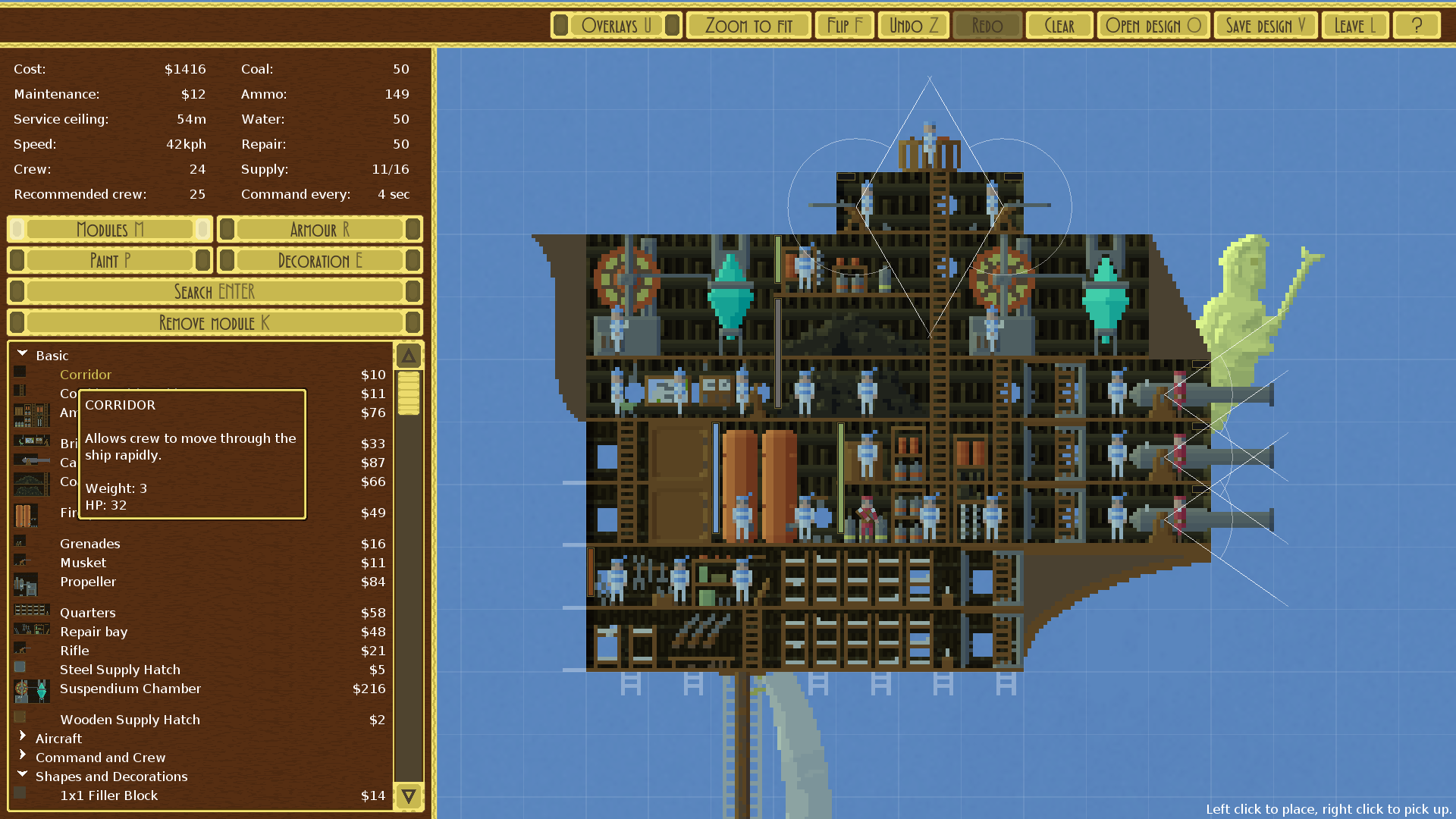As we approach the end of the year, it seems like a good time to look back at what Gametrodon has been so far, and give a few thoughts on its future.
I don’t think 2020 has turned out to be anything like what any of us were expecting. When I started this blog, it was after returning from my first planned convention visit of the year, PAX East, which would end up being my only convention of the year, and one of the very few conventions to not be canceled.
Both of my reasons for starting Gametrodon were related to PAX, and the current culture of how gaming news gets processed.
Reason 1 is pretty simple: I want a press pass. I’m tired of paying full price to attend a convention, wait in line, go to the expo floor, only to be told “Oh, press booth only” and then watch as not a single god damn soul walks by that area for twenty minutes. Like, for fucks sake. Let me use that computer. Let me see your game. As long as this culture of the “Content Creator” continues to favor anyone who can shit out a 10 minute video of themselves making faces at the camera interspersed with still frames, I intend to ride its coattails as far as I feasibly can. If you can’t beat ’em, join ’em.
Reason 2 is also pretty simple: Finding cool games to play has become far too difficult, and I want to help try to solve that. Where I once learned about new games from my friends, these days they seem to just be talking about games I already know.
While this runs the risk of me becoming the gaming equivalent of the friend who won’t drink white wine with fish, and thinks that “Electro swing was better before it got popular,” that’s a risk I’m willing to take.
So, if these were the two aims of Gametrodon, how did we do on them in 2020?
In terms of the whole “Cosplaying as a game journalist” thing, I think I did pretty well. I interviewed Max from Resonym on the costs of Kickstarter, and we talked to Jeremy Choo from Ammobox about how their publisher tried to steal their game. I played the shit out of the demos from PAX East, and found a few things worth keeping an eye on.
That part went great! Let’s talk about the other part: Serving as a source of finding neat, undiscovered stuff that might not show up in other channels.
This one I think I can do better on. Let me explain why.
Right now, Gametrodon is set up like a traditional blog. This is great for my rambling rants on various games, but not great for discovery. I’ve also noticed a few other things about how I write my articles that I want to try to change.
The main problem is that the blog doesn’t necessarily structure itself in a way that leads to discovery of the neat things I found. It’s also much harder and takes longer for me to write about games I like, rather than ones I dislike.
As an example, the Didn’t Make The Cut articles require me to play each game for about an hour. After an hour of any specific thing, I feel like I know if I want to play more. Longer form articles about game I actually enjoy lead to me either wanting to complete the game before evaluating it, or “win” based on the structure of the game.
My plan in the short term to try to deal with this is to switch over to writing three types of articles:
- Games I play and like. These get their own full article with nice glossy screenshots, and me ranting about their systems, links to their Steam pages, tweets, parades, public executions. The full nine yards. I think I may have switched events somewhere in that, but whatever.
Ed Thought: Why is the phrase the full 9 yards, when it’s 10 yards for a first down?
Ed Note: Okay, so after looking up the phrase, it looks like it has nothing to do with American Football. The more you know. - Games I play and don’t like. No more full articles doing what Vonnegut once called “Putting on full armor to attack a fudge Sundae.” instead I’m gonna try to switch over to a maximum of one “Didn’t Make The Cut” per week, with everything I’ve played and dropped since the last week. Just because I don’t like something doesn’t mean its bad, but it also means I’d rather spend that time on things I like. I’m gonna try to put these up on Mondays.
- Weekly Wrap-ups/What we’re playing. These are gonna consist of the most traditional bloggy sorts of posts, in which I’ll write about whatever I please. This will most likely be whatever I’ve been playing, what my friends have been playing, and what we’re planning to play. These will go up on Fridays.
I don’t think that this will be enough on it’s own, so I’m still brainstorming some ways to make it easier to find the links to the games I do like, and do recommend, like a “Random Good Game” button or something, but that will be coming in the future.
So yeah. That’s the plan for 2020. To all of the friends who I roped into writing articles, thanks for contributing. And to all my reader, here’s to hoping that when I write this article next year, I can confidently write that as readers.
Who knows, by the end of 2021, I may even have as many as three people who read this garbage.






